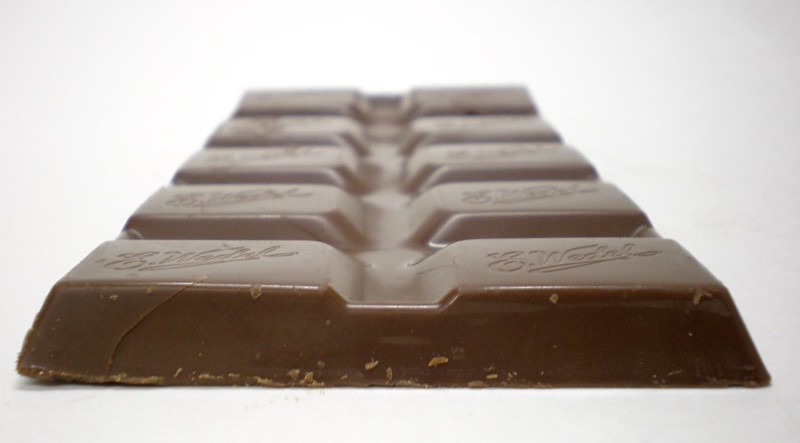Desserts - part 2: A Central European sugar high
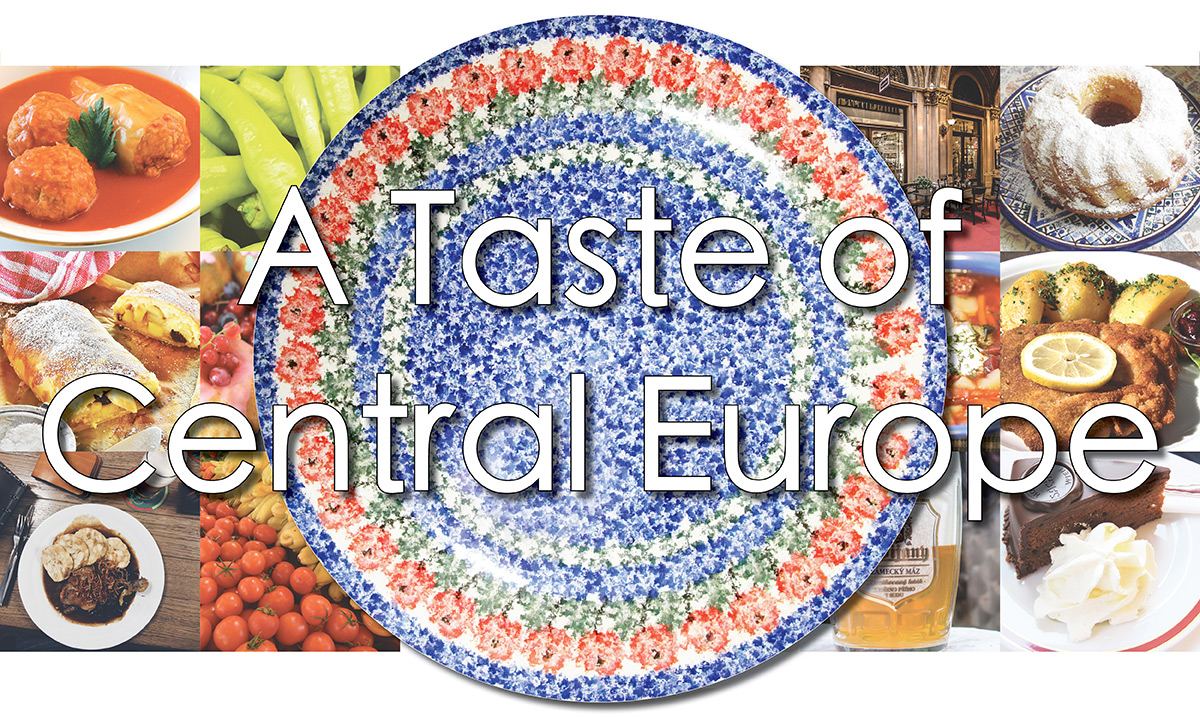
This week we return to the sweet life in Central Europe! You didn’t think we could limit ourselves to a single dose of sugary indulgence, did you? This time we want to explore outside the pastry case and on to the confectionary aisle. These sweet treats will make you feel like a kid again and offer something for the most refined palettes and candy-connoisseurs among us. Let’s unwrap the story behind some of Central Europe’s favourite sweets!
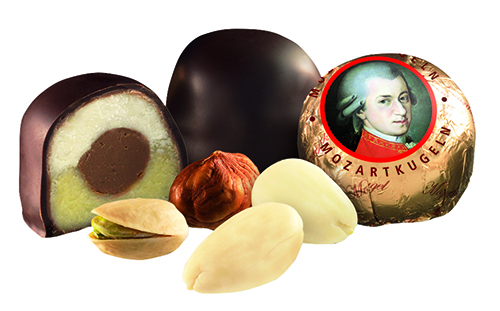 Central Europe is so big on sweets, it is borderline impolite not to have something on hand with which to treat surprise guests or to take with you as a candy-coated ‘thank you’ for your host or hostess. It is something we take very seriously at the Wirth Institute, in fact. As a matter of propriety, visitors to our office will most certainly be greeted with some kind of sugary nibble to boost their blood sugar… or tuck into their pockets for later. And of course, when returning from a visit to Central Europe, a flutter of anticipation abounds that the generous traveller may have brought along some sweet souvenirs to share! Lucky for you, many of the treats we are about to discover have garnered enough global fandom that you can find them quite easily at local marketplaces. Hint: for our Edmonton-based readers, we highly recommend a visit to the city’s Italian Centre Shop or K&K Foodliner. Of course, it's even more fun (and just as sweet) to make them from scratch!
Central Europe is so big on sweets, it is borderline impolite not to have something on hand with which to treat surprise guests or to take with you as a candy-coated ‘thank you’ for your host or hostess. It is something we take very seriously at the Wirth Institute, in fact. As a matter of propriety, visitors to our office will most certainly be greeted with some kind of sugary nibble to boost their blood sugar… or tuck into their pockets for later. And of course, when returning from a visit to Central Europe, a flutter of anticipation abounds that the generous traveller may have brought along some sweet souvenirs to share! Lucky for you, many of the treats we are about to discover have garnered enough global fandom that you can find them quite easily at local marketplaces. Hint: for our Edmonton-based readers, we highly recommend a visit to the city’s Italian Centre Shop or K&K Foodliner. Of course, it's even more fun (and just as sweet) to make them from scratch!
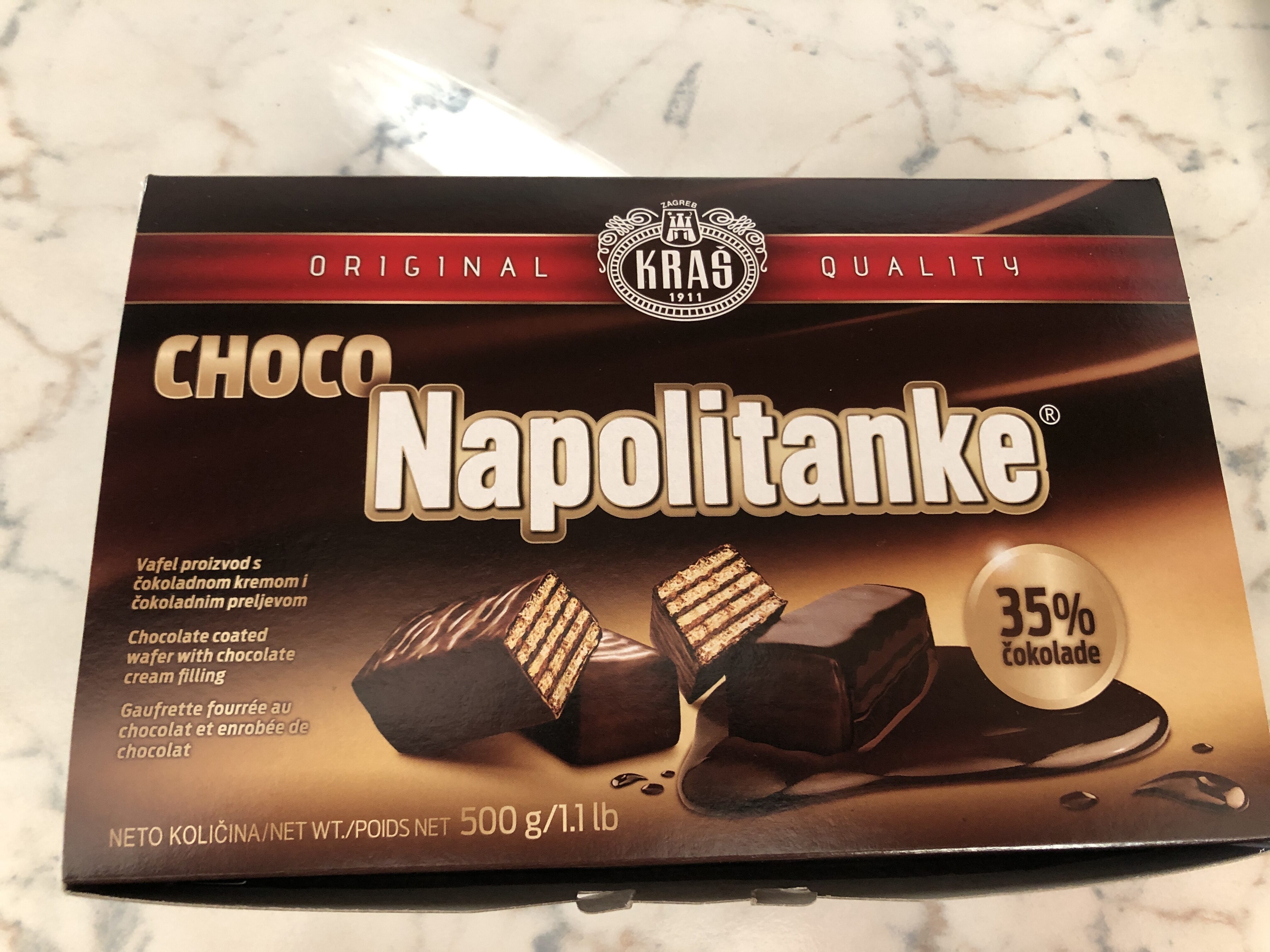
While Hershey’s and Nestle may be household names in North America, ask any Croatian about the country’s most popular confectionary and they would surely point you to Kraš. Unlike its products, though, the company’s history is a markedly bittersweet tale. What was to become the world's second largest exporter of Croatian food products originated as the shared enterprise of two Yugoslavian Jews who had each established confectionary factories in the early 20th century. Tragically, one of the proprietors, Slavaljub Deutsch, would be counted among the victims of Auschwitz and his property, including the chocolate factory, was seized during the Second World War. Some years later, when a subsequent iteration saw the two founding companies formally merge in 1950, the enterprise was renamed Kraš in honour of the late Josip Kraš, a prominent Croatian partisan and “People’s Hero of Yugoslavia” — who also perished during WWII.
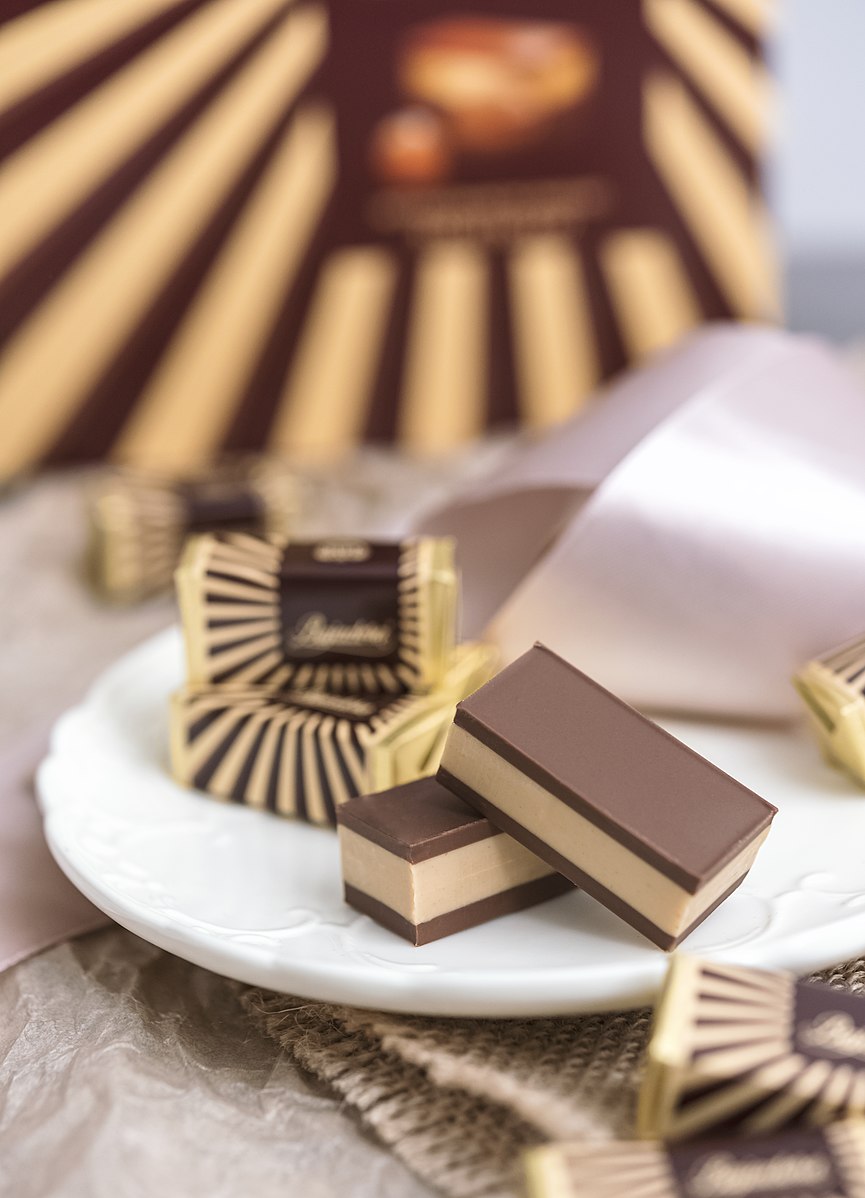
“The play of light and darkness, a dance, intoxicating with each move. Their taste is rich and tempting, like a sumptuous dance of an oriental Bajadera dancer from times long gone."
- Kraš
While the history is certainly a lot to chew on, Croatians’ love affair with Kraš products has endured for well over 70 years. And of all Kraš’s best-loved treats, we would be remiss if the famous Bajadera didn’t get top mention! A traditional Croatian-style nougat praline, this delightful bite has been in production since 1954 and features a creamy middle layer of almond nougat, sandwiched by two layers of toasted hazelnut nougat crowned with a smooth layer of chocolate. If you want to try your hand at making Bajadera at home, check out our companion recipes!
Travel to Poland and you will quickly discover that ‘Wedel’ is practically synonymous for czekolada, or chocolate. A beloved purveyor of Polish chocolates and confections for well over a century, E. Wedel has been in operation since 1851 and has seen generations of Poles through some of the most tumultuous moments of their nation’s history. Founded by Karl Ernst Wedel (whose signature is reflected in the company’s logo to this day), the business stayed in the Wedel family for over 90 years. Jan Wedel, the last in the Wedel family line to maintain ownership of the company, was not only a king of confectionary but was also responsible for stewarding the company’s impressive social welfare policies which included its own hospital, cafeteria, and childcare facilities dedicated to factory employees and staff. The company even awarded housing loans — interest free — to its top employees.
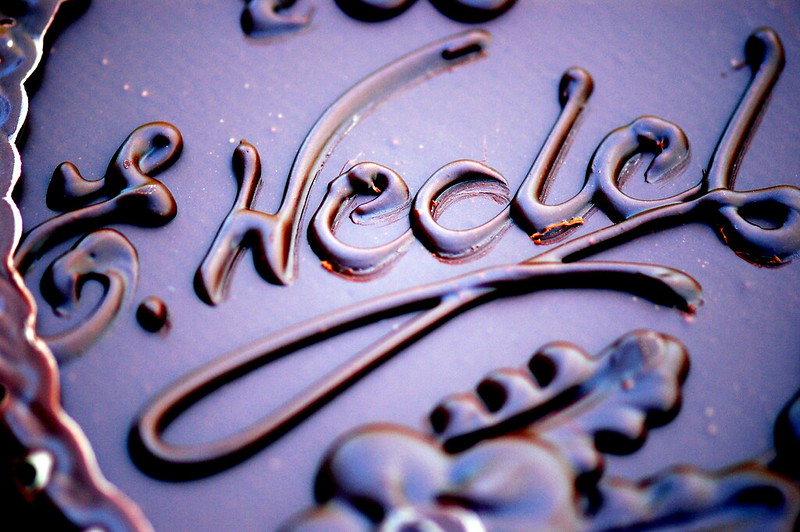
With the onset of WWII, Wedel turned its efforts to manufacturing essential food supplies for the starving citizens of Warsaw, where its main factory was located. Although the Wedel family was of German heritage, Jan refused to collaborate with the Nazi regime, opening the company and its employees to Fascist persecution during the occupation of Poland. Though Wedel made a valiant effort to withstand the ravages of war, including the levelling of his factories during the Warsaw Uprising in the summer of 1944, the newly installed communist government would seize the renowned candy company, nationalizing it soon after Wedel saw to it being rebuilt.
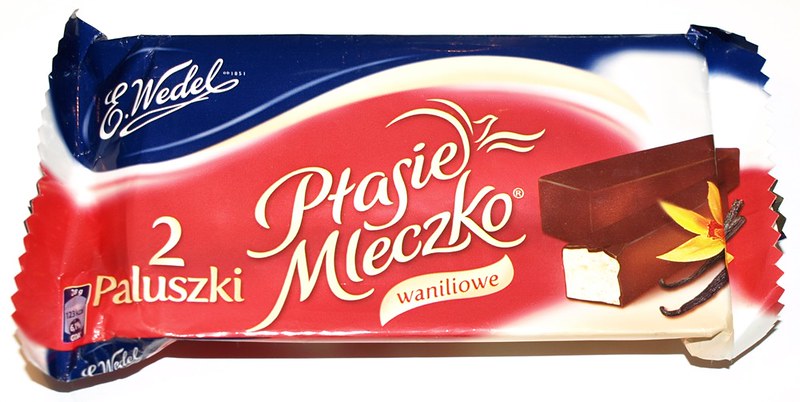 Years later, E. Wedel -- having been reprivatized after the fall of communism -- remained a mammoth confectioner in Poland and beyond, cornering a huge part of the European candy market. Today, some of its best known and best loved products include:
Years later, E. Wedel -- having been reprivatized after the fall of communism -- remained a mammoth confectioner in Poland and beyond, cornering a huge part of the European candy market. Today, some of its best known and best loved products include:
- Mieszanka Wedlowska - an assortment of chocolates filled with flavours ranging from peanut to coffee to fruity jelly centres.
- Krówka - affectionately known as “little cows”, these candies are a type of Polish milk fudge with a creamy caramel flavour.
- Pawełek - a dark chocolate bar filled with a slightly boozy Advocat filling; very grown-up!
- Delicje Szampańskie - circular sponge biscuits with a jammy centre, enrobed with chocolate.
- Torcik Wedlowski - a large round wafer cake, filled with a creamy hazelnut filling and coated with dark chocolate — perfect for sharing!
Finally, one of the most popular: the Ptasie Mleczko (or ‘bird’s milk'). At first glance, these treats look like a petite bar of chocolate covered marshmallow. At first bite, they are far more delicate and less cloying, with a filling of airy, whipped meringue scented with vanilla, chocolate, strawberry, or lemon. First produced in 1936, these are still one of E. Wedel’s top selling products. If you’ve never had the chance to try one, check out our companion recipes for a DIY version!
Our final stop on this sweet journey takes us all the way to the small village of Bergl, in the southeastern Austrian state of Styria. Though this company is far younger than both Kraš and E. Wedel, it has already made an impression for its inventive flavours, transcendently smooth taste, and its ethical business model. In fact, Zotter Schokoladen Manufaktur is the only company in Europe that makes its chocolate from bean to bar using strictly organic and fair trade quality ingredients. Founded by Joseph Zotter in 1999, the company produces nearly 600 tonnes of chocolate each year and over 400 divine chocolatey creations — ranging from pralines and bars to incredibly decadent drinking chocolate. The entire process is carried out on site with a focus on sustainability. What’s more, chocolate aficionados can actually visit the incredible Zotter Factory to get an immersive, up-close-and-personal look at how the products are made. And yes, there are several taste-testing stations where you can sample as much as you like!
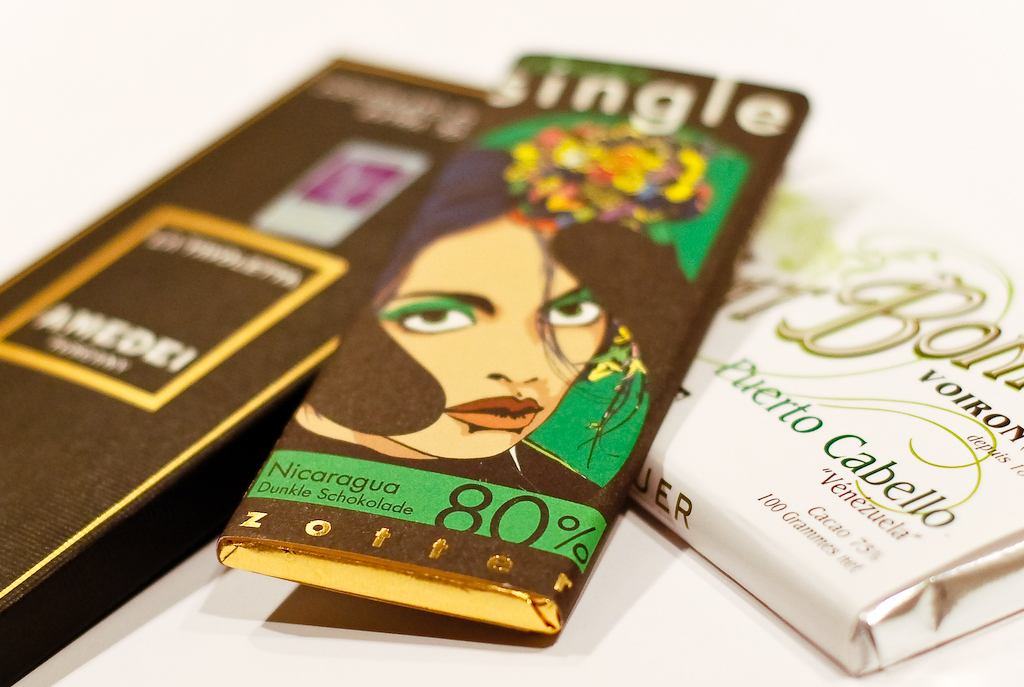
Though it’s nearly impossible not to fall in love at first bite, a hand-scooped Zotter bar is a serious affair. These award-winning chocolates make for a truly adventurous feast of the senses! The range of flavour combinations are so imaginative, some downright push the boundaries of what is possible in a candy bar. Here are just a few of the dozens of ganache-filled flavours Zotter offers (product descriptions from the Zotter website):
- Typically Austrian: Gray poppy with walnuts and cinnamon; cinnamon slumbers as a thin layer within the chocolate and encases the caramelized gray poppy seeds, explodes on the palate. Homemade walnut nougat melts, while the gray poppy seed flavour emerges. Austrian art in milk chocolate.
- Orange Marzipan: Breathtaking: orange, the diva of desserts, flows into almond marzipan. Inspired by a few shots of orange liqueur, spread onto a butter ganache and immersed into smooth milk chocolate.
- Apricot Waltz: An homage to the famous apricot tree gardens of Lower Austria’s Wachau region: a fruity apricot layer, enhanced with apricot brandy, gently sitting on a layer of marzipan, seasoned with a generous dash of apricot brandy and of course some pure apricots. A bit of a boozy mixture that’s sweetly seductive and comes in an exquisite milk chocolate cover with 40% cacao content.
- Chestnuts + Rum: A fine chestnut puree, tender-melting almond praline, honey, Amaretto and a generous dash of rum combine to make a seductive filling, covered with a combination of homemade sweet chestnut couverture and milk chocolate with 40% cocoa power.
- Seaweed + Caramel + Pineapple: A flavour adventure to try if you want to experience something extraordinary. A fruity pineapple chocolate ganache, refreshed with a dash of lemon, meets seaweed caramel made from a caramel couverture, almond praline, white chocolate and small, caramelised dulse seaweed flakes. This red, sweet type of seaweed hails from Ireland, and you will notice its delicate flavour only in the finish. All of this is covered in a dark chocolate with 70% cocoa power.
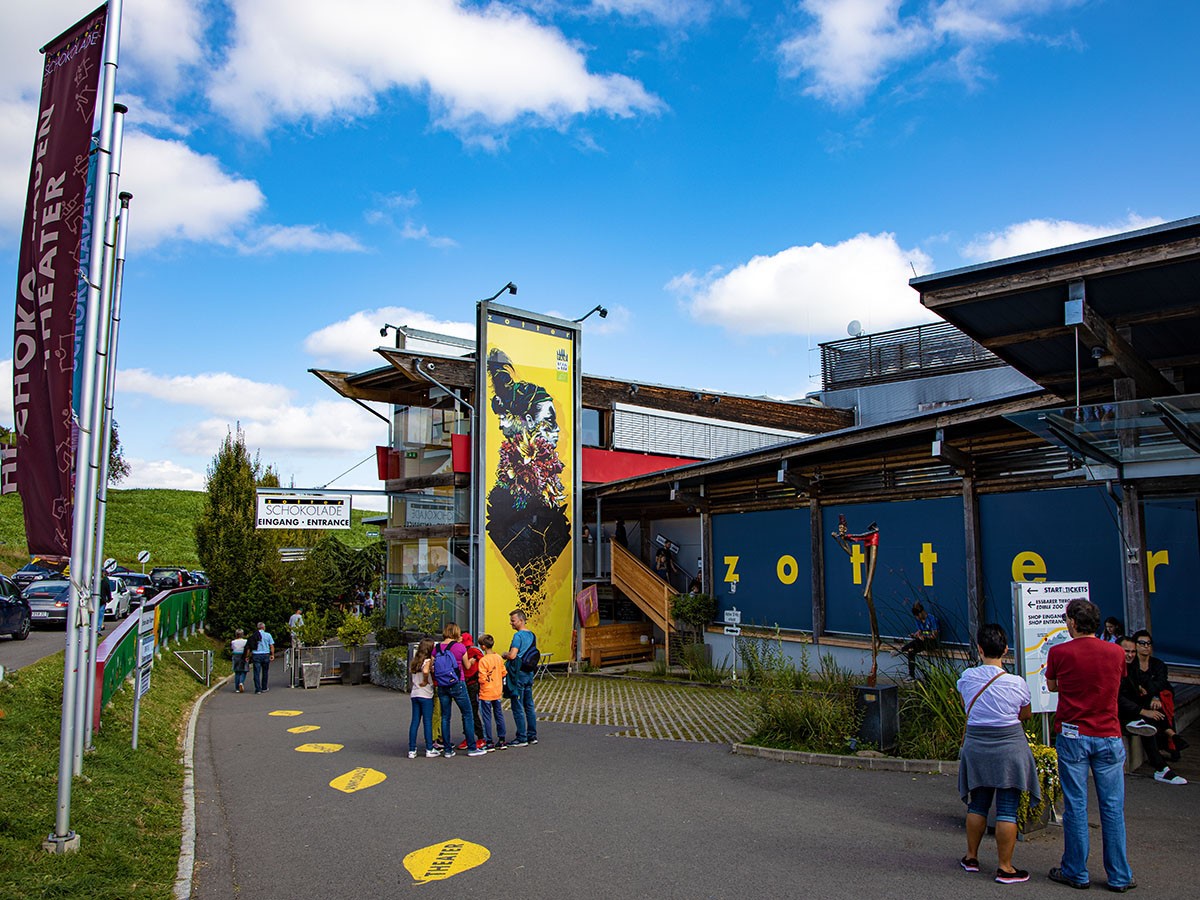
We hope you've enjoyed this virtual taste-testing of the sensational sweets of Central Europe! If you're in the mood to treat yourself (and who wouldn't be), check out our companion recipes to try your hand at these delicious goodies and to discover even more famous Central European sweets!
Companion Recipes & Resources
